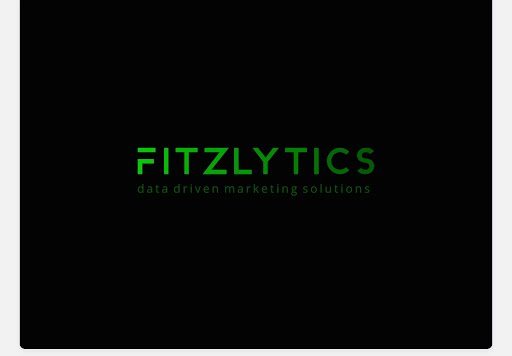1. Intelligently Optimize Your Keywords
Adopt the power of 3G’s when it comes to keyword research. 3G stands for:
- Gathering keywords
- Grouping keywords
- Generating exemplars
You can start by gathering keyword data from a keyword tool, such as Moz. It automatically shows grouped keywords based on your main target keyword.
The next step is to create exemplars, which are keywords that have the highest potential of representing similar keyword phrases. For example, instead of creating five different landing pages for keywords like:
- “seattle apartment costs”
- “apartments in seattle”
- “apartments for rent in seattle”
- “studio apartments in seattle”
- “cost of living in seattle”
You create just one pillar page based on the exemplar keyword like “cheap apartments in seattle” that has the power to rank on Google for all similar search queries.
Moreover, it is always recommended to check the searches related to the section on Google SERP for identifying keyword phrases that you should be optimizing for.
2. Use Cluster Analysis & Predictive Analytics
How about feeding all your goals into the computer and let the software generate a design that complements your users well? This is what we can achieve with generative design.
We use this concept under cluster analysis and predictive analytics.
Free Google Ads report finds improvements in 60 seconds
Based on actual data from your own campaigns.
Cluster Analysis
SEOs should use techniques like cluster analysis to create topic clusters, which simply means auditing your current pages and grouping them into topics. This not only helps to improve the PageRank distribution, but also helps the search engines to identify pages based on a certain topic.
The structure is based on the main pillar content and nodes of sub-content that all links to the main pillar content. This gives search engines a clear signal that the pillar content has more authority on the given topic, allowing it to rank higher in the search results.
Predictive Analytics
You need to forecast the peak search demand for target keywords. Tools like Google Trends gives us data that looked backward but predictive analytics has the power to look into the future and identify the search trends that will help to improve sales.
With proper forecasting, a marketing manager should be able to:
- Work with a brand marketing agency to improve PR when the search trends are declining.
- Improve on-site content and produce new content pieces for additional brand exposure on low season.
- Assist the paid marketing team to run additional campaigns to cater the increasing demand of the searchers during peak season.
- Assist the partner hotels to ensure the availability of rooms during peak times or run additional campaigns to get in more customers during low times.
3. Leverage the Power of Customer Reviews
Marketers have loads of data in the form of text, images, video, and audio files. User reviews play an important role in it. Reviews written by people use real language that people might also want to ask Google.
For example, a review left by a customer might say “this place has amazing seafood at an affordable price” this sentence will help Google analyze and return the business in the search results when people search with a query such as “the best seafood restaurant on a budget”.
SEO pros should capitalize on this power to gain lots of positive reviews for the business.
The first requisite is having a complete and optimized Google My Business listing. The business should be visible on Google local in order to get in front of as many customers as possible. Google Maps marketing is a necessary component in enhancing local visibility.
User reviews enable businesses to rank higher on Google for lots of newer search queries where Google considers the business to be relevant based on review text left by the users.
4. Accurately Predict Shopper’s Needs Using Customer Data
Nowadays, marketers have loads of data but fewer direct recommendations based on the data. It would be great if you can get a comprehensive view of each customer from your CRM.
This is what a platform like Salesforce Einstein offers. Einstein delivers predictions and recommendations based on the existing customer data so that you have the crucial insights to help the customer complete a sale.
As a marketer, you should be able to predict the shopper’s needs much before they do. Black Diamond Equipment, a ski equipment e-commerce retailer, was able to raise sales by taking an active role in predicting customers needs. It utilized natural language processing to predict shopper needs based on the previous browsing habits of the customer and the past purchases.
5. Use AI-Powered Chatbots to Pull Customers Toward a Sale
One of the most widely used components of artificial intelligence is the chatbot. Bigger brands are already using chatbots to assist customers in making a sale.
The Whole Foods Messenger bot was launched in 2016. It allows users to search for recipes, products, and food inspirations. This is a fantastic way to engage customers without asking them to search for information.
A chatbot behaves more like a friend and engages in active conversation in a similar manner as a human will do. Moreover, a chatbot never sleeps and is able to assist the customer 24/7. It personalizes the customer behavior and helps to build a solid relationship.
If you aren’t using chatbots already, it’s time to start thinking seriously about having a chatbot to help your customers in their purchase journey.
Conclusion
RankBrain is already in place, chatbots are busy helping users, and bigger brands are constantly relying on CRM data to make decisions based on predictive analysis.
We have already entered the era of AI-powered SEO. Utilizing it is now a necessary and crucial element of the overall SEO strategy.
